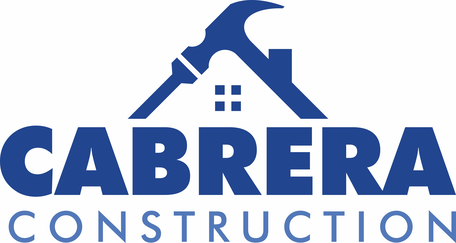How to know when you should replace your roof
Your roof isn’t what it used to be. Those shingles seem worn out, and there might be a few leaks creeping in. Perhaps your home is due for a new roof, yet you wonder if it can last another season or two. Is a quick fix enough, or should you consider a complete roof overhaul?
Your roof is more than just the top layer of your home—it’s its primary shield against the elements, a critical aspect of insulation, and an influencer of property value. Given its importance, it’s crucial to know when it might be time for a replacement. Our top roofing experts have compiles some telltale signs that you should consider investing in a new roof.
1. Age of the Roof
You’ve enjoyed the highs, and your roof has stood steadfastly through the years. However, homeowners who delay roof repairs might end up facing more extensive water damage issues.
A standard asphalt shingle roof lasts about 20-25 years. If your roof is approaching this age or has surpassed it, it might be time to plan for a replacement. Factors such as proper ventilation can extend this timeline, so always consult with a roofing specialist.
2. Curled or Buckling Shingles
This sign is unmistakable. Over time, the perimeters of your shingles deteriorate due to the breakdown of the asphalt. This hallmark of an aging roof is particularly evident on roofs equipped with 3-tab shingles.
Exposure to the elements can cause shingles to curl or buckle. If you notice this happening, particularly on the areas of your roof that get direct sunlight, it’s a warning sign that the lifespan of your shingles may be nearing its end.
3. Roof Valleys
Nearly every new roofing job necessitates the replacement of at least a few of the base decking boards. Aging boards can become misshapen due to persistent leaks or continuous moisture issues.
If shingles are missing or deteriorating in this area, it’s a clear sign you might need a new roof. Rain and snow flow through valleys into gutters, so any compromise here can lead to leaks.
4. Granules in the Gutters
In nearly every new roofing project, there’s a need to replace one or several foundational decking boards. Prolonged leaks or moisture issues often cause these older boards to distort.
As shingles wear out, they shed their granules, which often end up in the gutters. If you find granule-rich gutter runoff or notice bald spots on your shingles, these are signs of advanced wear.
5. Water Damage or Leaks
This is crucial, as minor leaks can rapidly escalate into significant issues such as mold, structural harm, or even result in your kitchen ceiling collapsing – definitely not ideal!
If you’re spotting water stains or experiencing leaks after a storm, it might not just be a simple repair. Persistent water damage indicates deeper issues.
6. High Energy Bills
If you notice a spike in your cooling or heating bills, your roof’s insulation might be compromised. A roof in good condition should provide adequate insulation.
7. Neighborhood Renovations
If houses in your neighborhood were built around the same time and many of your neighbors are getting new roofs, it might be a hint that you should evaluate your own roof’s condition.
If many of these indicators resonate with the condition of your roof, you might want to think about a complete roof overhaul. However, if the issues are minor or localized to a specific area, a repair might suffice.
When only a particular section of the roof requires new shingles, a repair is feasible. Common leak sources, like chimney flashing and valleys, can often be fixed without the need for a total roof replacement. Similarly, introducing a new skylight or making other minor adjustments won’t necessarily require a full roof change.
8. Roof Discoloration
Discoloration on roofs is often the result of algae, specifically Gloeocapsa Magma. This is more prevalent on roofs situated beneath overhanging trees or in mature, densely vegetated areas.
While there are cleaning solutions available, effectively removing these algae stains is challenging, as many products don’t produce quick results. A proactive solution is to opt for shingles fortified with algae resistance (AR). These shingles contain embedded copper or zinc, which act as natural deterrents to algae growth.
Layering Shingles vs. Full Roof Replacement
A “Re-Roof” refers to the practice of layering a new set of shingles over the existing ones. While this approach might seem cost-effective in the short run, it often compromises the performance of the shingles. Double-layered roofs tend to be more prone to leaks, and addressing these issues can be challenging.
While we used to occasionally endorse the re-roofing method about 15 years ago, when it was a more common practice, we now strongly advise against it.
It’s essential to note that a roof should never exceed two layers. Having three layers not only poses a fire risk but also violates building codes. In this case, it’s wise to heed the advice: “Just say no!”
Ultimately, determining when to replace your roof boils down to a matter of judgment. With our extensive experience spanning thousands of roofing projects, our experts are adept at assessing whether a simple repair will suffice or if a full replacement is in order.
We always approach your home with the same care and consideration we’d give our own, offering sincere, expert advice tailored to your budget and the security of your residence. Take a glance at our testimonials; frequently, we’re first called in for a repair and later summoned back for a comprehensive replacement as time progresses.

